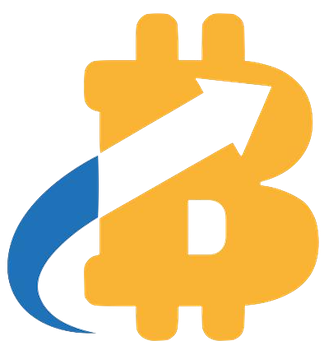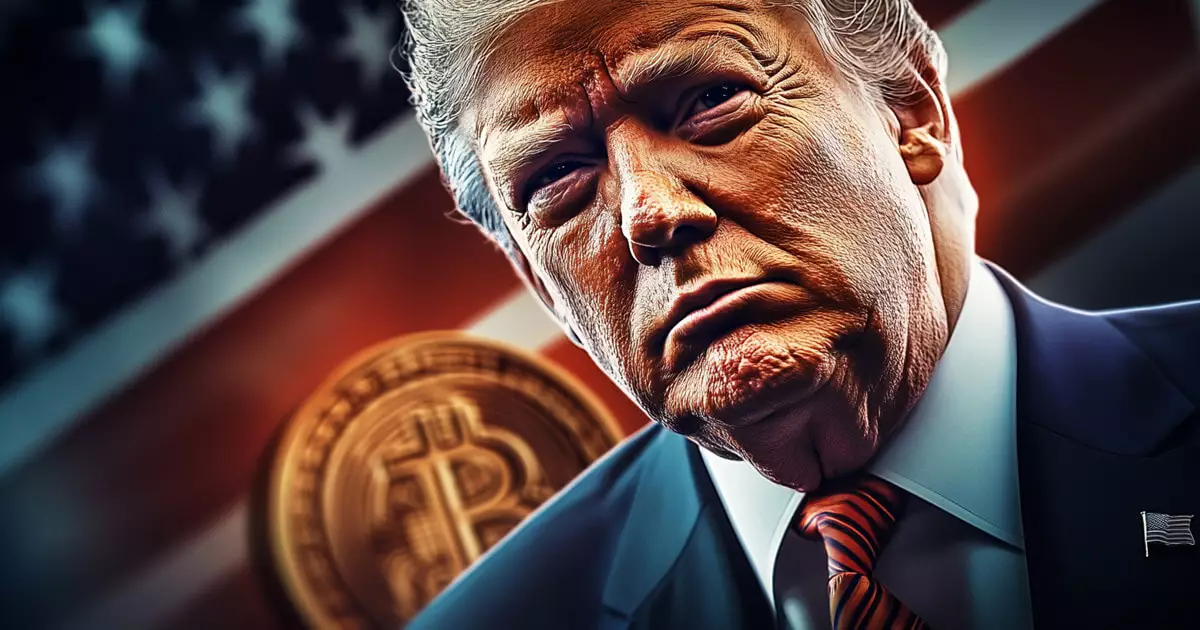In recent months, the landscape of cryptocurrency policy-making under President Donald Trump has encountered a significant pivot. Reports reveal that the Trump administration is reconsidering the concept of a formal crypto council, opting instead for a sequence of informal summits with selected crypto industry leaders. This proposed shift has ignited discussions surrounding the future of regulation and collaboration in a sector marked by division and inconsistency.
According to sources close to the administration, this strategic redirection aims to address the fragmented nature of the cryptocurrency industry. Individuals within the sector have struggled to present a united front, often divided by ideological differences—centralized vs. decentralized projects, Bitcoin devotees vs. altcoin proponents, and traditional finance advocates competing against those desiring a more libertarian approach. The summits appear to be a way to foster dialogue on pressing issues such as banking, cryptocurrency payments, data center operations, and the implications of Bitcoin mining.
By pivoting to an informal dialogue framework, the administration hopes to establish a less combative conversational atmosphere. This potential choice may enable subject-matter experts to participate directly in discussions pertaining to their areas of expertise. As one advocate noted, it makes logical sense to engage directly with different stakeholder groups to gain comprehensive insights into their challenges and opportunities.
The response from industry leaders concerning the proposed summits has been decidedly ambivalent. Proponents of the approach tout it as a pragmatic solution to engaging diverse voices, where collaboration may yield innovative solutions to complex regulatory issues. However, skepticism is abundant. Critics worry that such summits might merely serve as a superficial platform, allowing for the circumvention of deeper conflicts without leading to substantive policy advances.
In some circles, the concern is that these informal gatherings could act as a means for the administration to gather intelligence for personal financial interests rather than to promote meaningful regulatory frameworks. This notion has been underscored by Trump’s recent endeavors in the realm of cryptocurrency, including his involvement with a memecoin and engagement in the decentralized finance (DeFi) project, World Liberty Financial. These actions lead some to question whether the motivation behind the summits aligns with the collective benefit of the crypto community or personal gain.
The idea of a formal crypto council grew out of Trump’s campaign promises, which indicated a drive towards establishing a regulatory framework for cryptocurrency and involving industry experts in the process. An executive order signed on January 23 marked an attempt to formalize this initiative through the establishment of the “Presidential Working Group on Digital Asset Markets.” Notably, industry giants such as Coinbase and Ripple were actively courting participation on the council, which was designed to unify input on regulatory measures from varying market segments.
However, the re-emphasized summits signal a deviation from these initial commitments, raising questions about the durability and authority of any potential conclusions derived from informal discussions. If relations among crypto factions are not sufficiently addressed during these summits, the possibility of further fragmentation undermines any hope for a cohesive path forward.
The reorientation from a structured council to informal summits illustrates a nuanced understanding of the complexities within the cryptocurrency environment. The administration’s ability to adapt to the shifting dynamics of this digital economy may ultimately determine the efficacy of its policies moving forward.
Moreover, the success of these informal discussions hinges upon building mutual trust among stakeholders and creating an atmosphere conducive to honest dialogue. It remains to be seen whether this approach will lead to transformative outcomes or merely reinforce existing divides. In a sector known for its volatility, both in terms of market fluctuations and regulatory engagement, this evolving strategy could signify either a pathway to robust collaboration or a retreat into ambiguity, reflecting ongoing tensions and unresolved conflicts in the crypto ecosystem.



















Leave a Reply